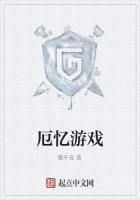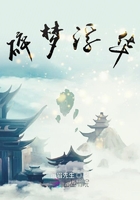Of the other animals the genera are not extensive. For in them one species does not comprehend many species; but in one case, as man, the species is ******, admitting of no differentiation, while other cases admit of differentiation, but the forms lack particular designations.
So, for instance, creatures that are qudapedal and unprovided with wings are blooded without exception, but some of them are viviparous, and some oviparous. Such as are viviparous are hair-coated, and such as are oviparous are covered with a kind of tessellated hard substance; and the tessellated bits of this substance are, as it were, similar in regard to position to a scale.
An animal that is blooded and capable of movement on dry land, but is naturally unprovided with feet, belongs to the serpent genus;and animals of this genus are coated with the tessellated horny substance. Serpents in general are oviparous; the adder, an exceptional case, is viviparous: for not all viviparous animals are hair-coated, and some fishes also are viviparous.
All animals, however, that are hair-coated are viviparous. For, by the way, one must regard as a kind of hair such prickly hairs as hedgehogs and porcupines carry; for these spines perform the office of hair, and not of feet as is the case with similar parts of sea-urchins.
In the genus that combines all viviparous quadrupeds are many species, but under no common appellation. They are only named as it were one by one, as we say man, lion, stag, horse, dog, and so on;though, by the way, there is a sort of genus that embraces all creatures that have bushy manes and bushy tails, such as the horse, the ass, the mule, the jennet, and the animals that are called Hemioni in Syria,-from their externally resembling mules, though they are not strictly of the same species. And that they are not so is proved by the fact that they mate with and breed from one another. For all these reasons, we must take animals species by species, and discuss their peculiarities severally'
These preceding statements, then, have been put forward thus in a general way, as a kind of foretaste of the number of subjects and of the properties that we have to consider in order that we may first get a clear notion of distinctive character and common properties. By and by we shall discuss these matters with greater minuteness.
After this we shall pass on to the discussion of causes. For to do this when the investigation of the details is complete is the proper and natural method, and that whereby the subjects and the premisses of our argument will afterwards be rendered plain.
In the first place we must look to the constituent parts of animals. For it is in a way relative to these parts, first and foremost, that animals in their entirety differ from one another:
either in the fact that some have this or that, while they have not that or this; or by peculiarities of position or of arrangement; or by the differences that have been previously mentioned, depending upon diversity of form, or excess or defect in this or that particular, on analogy, or on contrasts of the accidental qualities.
To begin with, we must take into consideration the parts of Man. For, just as each nation is wont to reckon by that monetary standard with which it is most familiar, so must we do in other matters. And, of course, man is the animal with which we are all of us the most familiar.
Now the parts are obvious enough to physical perception. However, with the view of observing due order and sequence and of combining rational notions with physical perception, we shall proceed to enumerate the parts: firstly, the organic, and afterwards the ****** or non-composite.
7The chief parts into which the body as a whole is subdivided, are the head, the neck, the trunk (extending from the neck to the privy parts), which is called the thorax, two arms and two legs.
Of the parts of which the head is composed the hair-covered portion is called the 'skull'. The front portion of it is termed 'bregma' or 'sinciput', developed after birth-for it is the last of all the bones in the body to acquire solidity,-the hinder part is termed the 'occiput', and the part intervening between the sinciput and the occiput is the 'crown'. The brain lies underneath the sinciput; the occiput is hollow. The skull consists entirely of thin bone, rounded in shape, and contained within a wrapper of fleshless skin.
The skull has sutures: one, of circular form, in the case of women; in the case of men, as a general rule, three meeting at a point. Instances have been known of a man's skull devoid of suture altogether. In the skull the middle line, where the hair parts, is called the crown or vertex. In some cases the parting is double;that is to say, some men are double crowned, not in regard to the bony skull, but in consequence of the double fall or set of the hair.
8The part that lies under the skull is called the 'face': but in the case of man only, for the term is not applied to a fish or to an ox. In the face the part below the sinciput and between the eyes is termed the forehead. When men have large foreheads, they are slow to move; when they have small ones, they are fickle; when they have broad ones, they are apt to be distraught; when they have foreheads rounded or bulging out, they are quick-tempered.
9Underneath the forehead are two eyebrows. Straight eyebrows are a sign of softness of disposition; such as curve in towards the nose, of harshness; such as curve out towards the temples, of humour and dissimulation; such as are drawn in towards one another, of jealousy.


